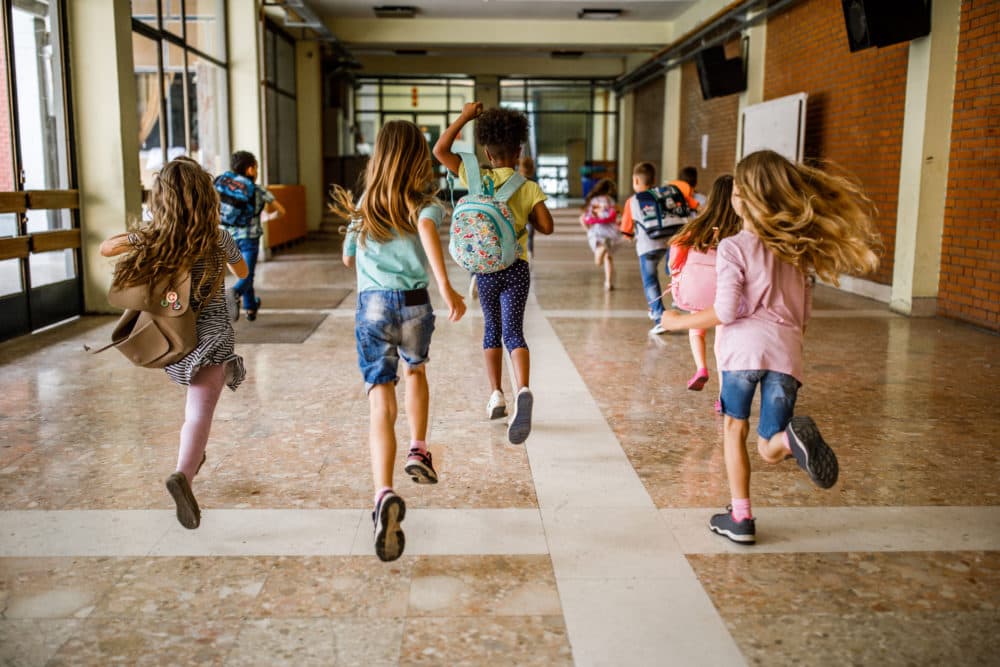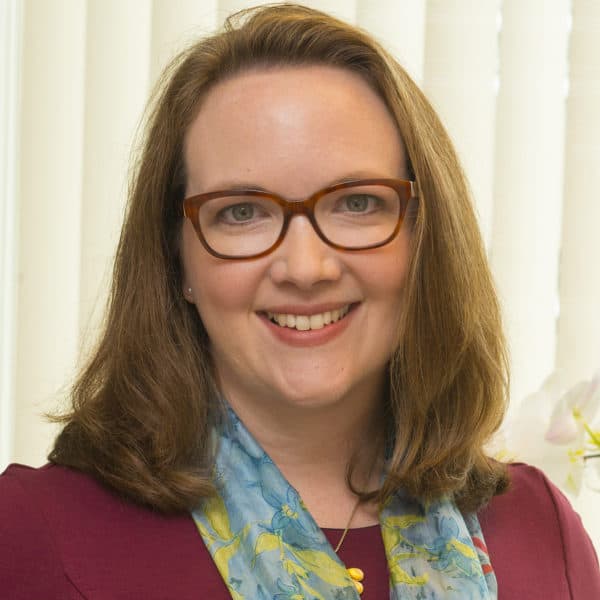Advertisement
Commentary
The pandemic disrupted our kids’ education — and they will be OK

As the school year winds down, I can almost hear a collective exhale. Our kids physically went to school for an entire year. Keeping up with changing guidance around COVID kept us on our toes, but most of us escaped a return to the exhausting and lonely days of remote education.
The return to in-person learning this year has been crucial for so many children, especially the most vulnerable. One of the many lessons of the pandemic was demonstrating the breadth of integral roles that schools play. In addition to teaching academic skills, schools are also one of the largest providers of childcare, health care, mental health care and nutrition. Schools are often the first to flag developmental delays and link students to needed services. Many suffered severely from the loss of school-based resources during the pandemic.
As a developmental neuropsychologist, I have had a front-row seat to the impact of educational disruption on child and family functioning. Early in the pandemic, we saw an alarming increase in the need for mental health support. Waiting lists for psychiatric services grew, as did the number of children in emergency departments with mental health crises. These were often young people who were already vulnerable, whether due to pre-existing mental health or developmental concerns, or the increased family stress associated with pandemic-related insecurity about food, housing or employment.
We cannot underestimate or overlook the impact that this experience has had on children — they are all on a slightly different developmental trajectory now.
With the return to in-person school, we began seeing children who were struggling to meet academic expectations. I saw young children who were way behind in reading and other early academic skills, like mastering the alphabet, knowing the sounds that match individual letters or accurately counting small groups of objects. Some had diagnosable learning disorders, but others were behind simply because they had not yet had enough exposure to the learning environment. Telling the difference between these two possibilities with absolute certainty was sometimes impossible and, either way, intervention was clearly needed.
Similarly, we heard reports of teachers describing youth as years behind in social and emotional development. There were more preschoolers who struggled to separate from parents, but they had never had other caregivers. Young children had difficulty with give-and-take during interactive play, but they also had fewer playdates with same-aged peers. Egged on by social media challenges, middle schoolers vandalized schools without a full appreciation of expectations and consequences. High schoolers needed more support to manage what would normally have been routine expectations around academic and social independence.
Seeing so many children who were behind in key developmental areas has worried me. There are critical windows in brain development when children are more likely to master specific skills. Language-based academic skills are most easily learned in early childhood, just as social and emotional regulation skills develop quickly in early adolescence. The school environment provides a framework for kids to practice these skills, and opportunities for adults to quickly recognize when development is off-course.
Early identification of concerns provides more time for remediation — and sooner is almost always better. Without appropriate interventions, gaps between typical and atypical development can widen over time. Given the extent to which our educational systems were overwhelmed, I lobbied hard for my patients to receive school-based services to address even mild delays.
I have hope that their pandemic experiences might also be a catalyst for innovation and creativity when today’s youth become adults.
At the same time, I began to realize that it wasn’t completely fair to hold this pandemic cohort to the same standards as those before them. Fortunately, while the brain is hard-wired to be more receptive to learning some skills within specific developmental windows, it also retains an enormous amount of flexibility, or plasticity, throughout the lifespan. This allows our experiences and our environment to shape who we become.
And indeed, every generation is molded by the events of their time — I have hope that their pandemic experiences might also be a catalyst for innovation and creativity when today’s youth become adults.
The scale of educational disruption during this pandemic has been truly unprecedented in modern history. We cannot underestimate or overlook the impact that this experience has had on children — they are all on a slightly different developmental trajectory now. Yet accepting this fact does not mean that we should be complacent about the considerable work ahead in helping children who face developmental challenges.
So, we should all take a moment to celebrate having finished a very difficult school year. But we should not lose sight of the pandemic’s continuing impact on children, their families and our entire country in the years ahead.
